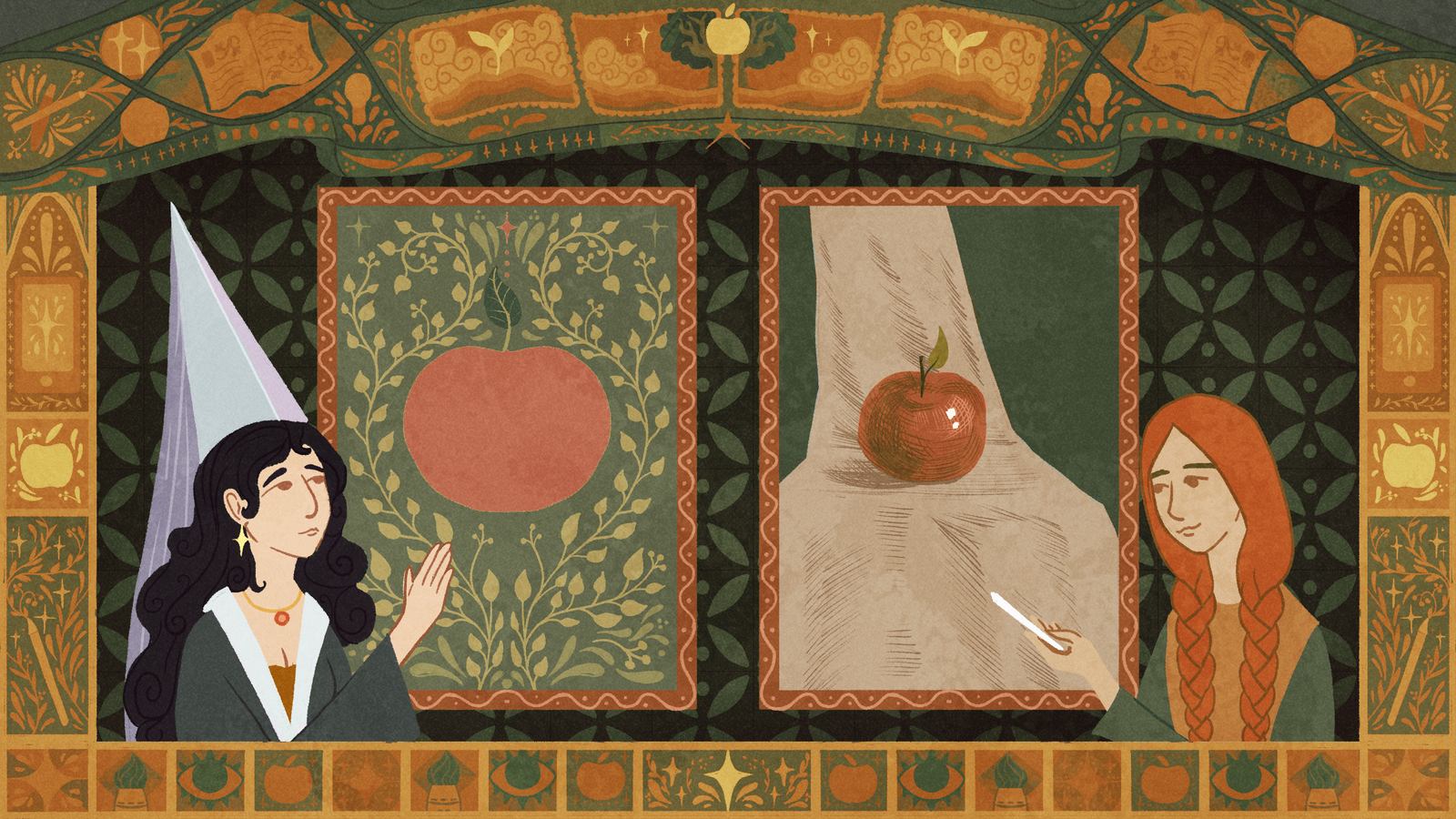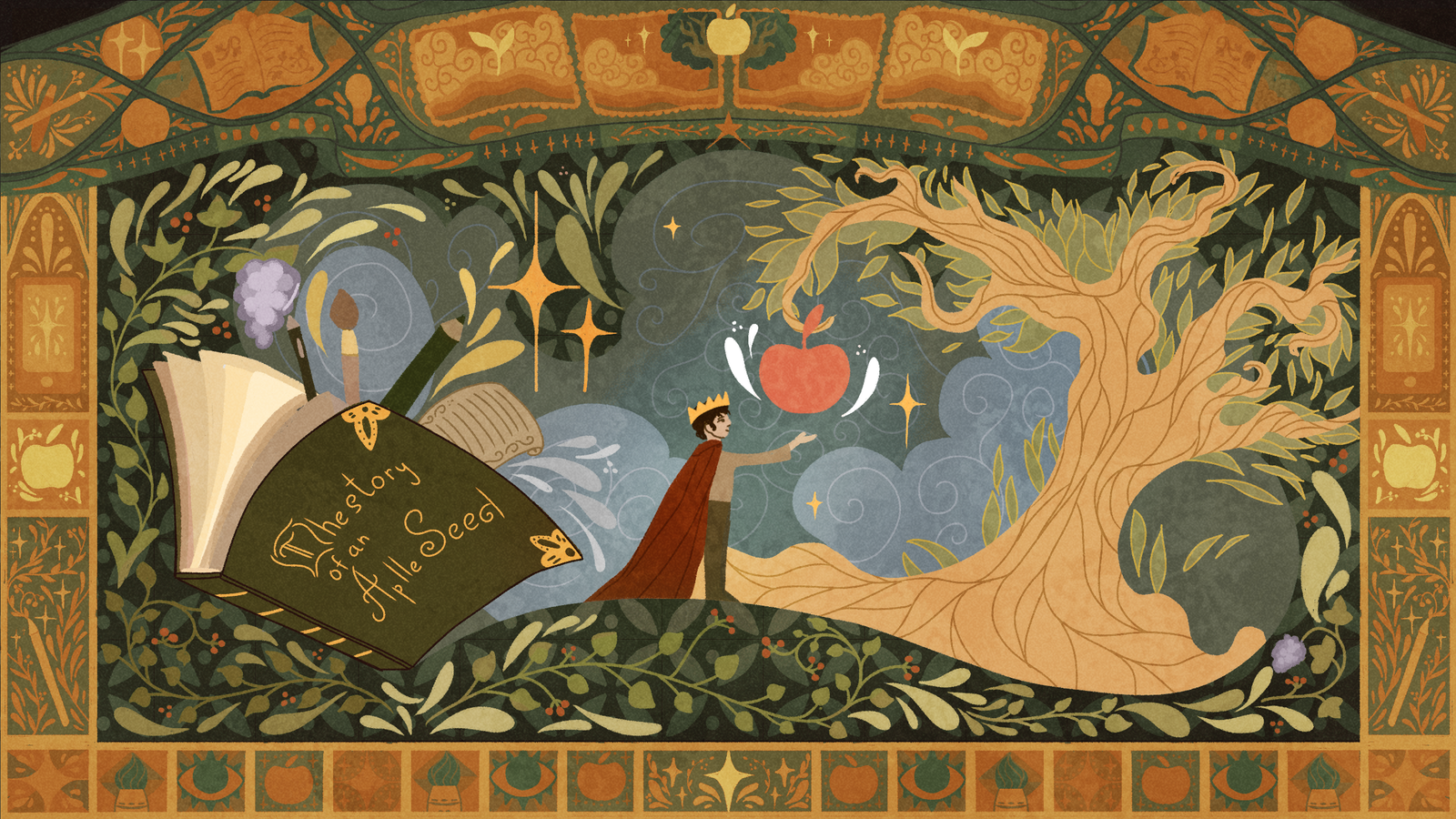In the world of animation studios, client input can be the secret sauce that takes a project from good to unforgettable. Whether you’re crafting 2D animation, frame-by-frame animation, or a high-end 3D animation, running a solid client survey early on can help your team hit the mark-visually and emotionally.
When working with any animation client, getting clear feedback up front is essential. One of the most effective tools for this is an animation questionnaire – thoughtfully structured questions that help you understand your client’s vision, constraints, and desired style. By asking the right animation questions, you reduce misunderstandings, speed up approval, and improve the overall final product.
In this guide, we’ll show you how to design creative surveys and even use survey animation or an animated survey experience to engage your clients, get richer insights and elevate your animation art.
A Great Animation Starts with Knowing What to Ask
Before you jump into storyboarding or style framing, you need to understand what the client is really after. A survey sets the foundation-and it’s your chance to explore things a short email brief never could.
Start by asking yourself:
- What’s the real purpose of this video? (Brand awareness? Education? Product launch?)
- Who is the audience?
- What’s the emotional tone we want to hit?
Studios often spend the early phase of a project on deep discovery, which results in powerful, emotionally resonant animations. Following their lead, build your survey around understanding brand voice, audience intent, and creative vision.
Don’t Rely on Creative Briefs Alone-Surveys Fill the Gaps
Most creative briefs are too broad, leaving room for guesswork. A good survey extracts actionable creative insight that a client may not even realize they’re holding back.
Here’s what a survey can uncover:
- Brand identity beyond logos and color palettes
- Emotional goals (Should the video feel uplifting? Urgent? Dreamy?)
- Expectations around style-do they prefer handcrafted frame-by-frame animation or clean, digital 3D animation?
For example, try to include questions like: “Are there any brands you admire in terms of animated content?” That question alone can drastically shift your creative reference point.

Ask Better Questions, Get Clearer Creative Direction
Using an animation questionnaire at the start of a project helps frame expectations and prevents rewrites later. It prompts clients to think about goals, style preferences, story arcs, and technical constraints before work begins.
Rather than vague requests like “Make it cool,” targeted animation questions in your questionnaire help you dig deeper:
- “What emotions do you want the audience to feel?”
- “Which existing animations do you admire?”
- “Are there brand colors or visual guidelines to follow?”
These creative surveys set a collaborative tone and guide both parties toward a clearer vision. It’s not just what you ask, but how you ask. Avoid yes/no questions and leave room for creative expression. Mix multiple choice, visual options, and open-ended questions.
Try these:
- Describe your brand in three words.
- List 2–3 animations or videos you love and explain why.
- What kind of animation style do you envision?
☐ 2D animation
☐ 3D animation
☐ Frame-by-frame animation
☐ Not sure yet - What feeling should your audience walk away with?
- Do you have an existing script, or should we help you develop it?
Letting clients “vote” visually or rank preferences gives you more digestible feedback than open-ended text alone.
Use the Right Tools to Build Friendly, Creative Surveys
The platform you use matters. No one likes clunky forms-especially busy clients who may not be tech-savvy.
Here are tried-and-true tools many animation studios use:
- Notion – Great for sharing collaborative spaces with embedded questions and visual references.
- Google Forms – Reliable and easy to use for quick turnaround surveys.
- Krock.io – A media review and collaboration platform that works well for collecting structured feedback throughout the animation pipeline.
Whether you’re gathering input at the start or checking in during production, these tools help keep communication smooth and organized.
To make your questionnaire more engaging, consider a survey animation or animated survey format. Rather than a static PDF or Google Form, you can:
- Animate transitions between questions
- Add micro-interactions that reflect client input (e.g. color swatches that change)
- Embed short sample video clips or motion snippets
These interactive elements make the survey feel like part of the creative experience. Not only does a survey animation make filling it out more fun, it also signals your professionalism and design sensibility to the animation client.
Turn Survey Results into Style Frames, Storyboards, and Strategy
Once you’ve gathered client input, make it actionable. Survey results should inform your creative decisions-not sit in a folder. Once your animation client completes the creative surveys or animation questionnaire, here’s how to leverage the insights:
- Turn emotional keywords into color palettes, typography choices, and transitions
- Build style frames reflecting animation style preferences (2D, 3D, hand-drawn series)
- Use tone indicators (playful, serious, abstract) to guide the pacing and script voice
For example, we once worked with a client who selected “calm, trustworthy, and human” in our brand tone section. That led to a pastel color palette, slower scene transitions, and frame-by-frame animation for a more handcrafted aesthetic-perfect for industry. By building your plan from the animation questions they answered, you reduce surprises and procedural friction during production.

How to frame “ask animation studio” in your process
Many clients don’t know exactly what to ask when hiring a studio. To guide them, include a section in your animation questionnaire like “Ask Animation Studio” that encourages clients to question you back. Sample prompts include:
- “What is your workflow for revisions?”
- “Which software or tools do you use?”
- “Can you show me example reels or style explorations?”
By inviting back-and-forth, you foster trust and clarity between your team and the animation client.
Spot the Red Flags Early and Tackle Them Gracefully
Not every answer will be clear-cut. Sometimes client responses conflict or seem overly ambitious for the timeline or budget.
Common red flags:
- “We want it to feel like Pixar” (with a 2-week deadline)
- “We love edgy, dark humor-but it’s for schools”
- “We’ll send the script later” (with no further detail)
Don’t ignore them-clarify. Jump on a call, show visual references, and reset expectations. Your job as an animation studio isn’t just to execute-but to guide.
Keep Feedback Flowing-Before, During, and After Production
Surveys are just the start. The best animation studios create feedback loops through every stage-animatic reviews, WIP approvals, and post-launch reflection.
Set up mini-surveys or reactions after delivery. Ask:
- Did the animation meet your expectations?
- What did your team or audience love most?
- Is there anything you’d change next time?
Studios often turn post-project feedback into case studies or lessons for internal teams. It’s part of growing creative maturity.
In Closing: Listening Is the Secret to Great Animation
Animation is more than motion-it’s communication. And communication starts with asking the right questions, at the right time. An effective onboarding process for any animation client begins with the right foundation – a well-constructed animation questionnaire or creative surveys. Whether you deliver it as a classic form or an animated survey experience, the insights you gather help set the tone for success.
By crafting thoughtful surveys and treating responses as creative fuel, your studio creates not just animations, but experiences that reflect your client’s vision. Whether you’re delivering clean 2D animation, textured frame-by-frame animation, or cinematic 3D animation, client insight is your most underrated asset.
So don’t skip the survey. Make it your creative superpower.
Looking to collaborate with an animation studio that makes client input part of the creative process? Drop us a message-we’re always listening, sketching, and bringing your story to life.